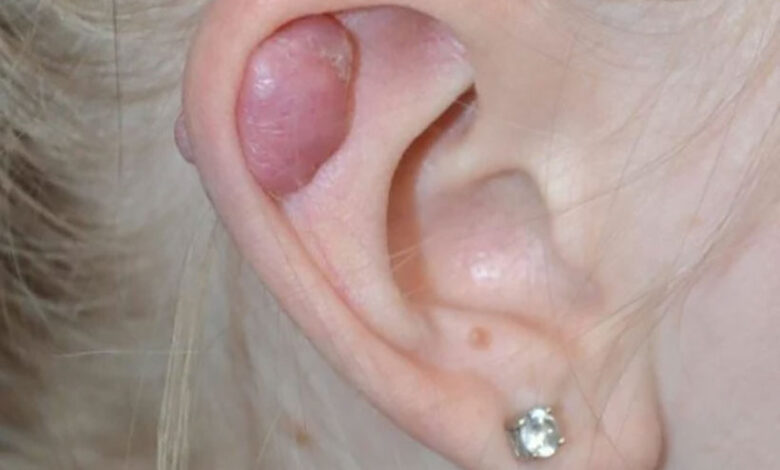Keloids: Causes, Challenges, and Modern Solutions

Scars are a natural part of the healing process, but not all scars behave the same way. For some people, wounds heal with an overgrowth of scar tissue, creating thick, raised marks known as keloid scars. These scars can be uncomfortable, long-lasting, and often extend beyond the original wound, making them different from normal scars.
Understanding Keloids
A keloid is an abnormal buildup of collagen in the skin during healing. While normal scars stop forming once the wound has closed, keloids keep growing and can remain noticeable for years.
They are most common on the chest, back, shoulders, neck, and earlobes but can develop anywhere on the body after skin injury.
Why Do Keloids Form?
Keloids occur when the body’s repair mechanism works in overdrive. Instead of producing just enough collagen to close a wound, the skin produces excessive amounts, creating a dense, fibrous tissue growth.
Factors that increase the risk include:
- Genetics – Family history makes keloids more likely.
- Skin type – Darker skin tones are at higher risk.
- Age – Most cases occur between ages 10 and 30.
- Injury type – Burns, cuts, piercings, tattoos, and surgical wounds are common triggers.
Symptoms and Appearance
Keloids can appear weeks or months after an injury. Common characteristics include:
- Raised, firm skin over the healed wound
- Growth beyond the wound’s original edges
- Shiny, smooth surface
- Pink, red, brown, or darker coloration
- Possible itching or tenderness
Some keloids remain small, while others may continue to expand over time.
Treatment Options
While keloids are harmless in terms of physical health, they can be emotionally distressing and sometimes physically uncomfortable. Treatments focus on reducing their size, improving appearance, and relieving symptoms.
- Corticosteroid Injections
Anti-inflammatory injections help flatten keloids and make them less noticeable over time. - Laser Therapy
Reduces redness, smooths texture, and improves skin tone. - Cryotherapy
Freezes smaller keloids, making them shrink and soften. - Surgical Removal
Effective in some cases, but often combined with other treatments to prevent regrowth. - Silicone Sheets or Gel
Softens scar tissue and gradually flattens the keloid. - Pressure Therapy
Special garments apply continuous pressure to limit keloid growth.
Preventing Keloids
If you know you are prone to keloids, prevention is key. Helpful steps include:
- Avoid unnecessary piercings and tattoos.
- Treat acne quickly to prevent deep scars.
- Use silicone sheets during wound healing.
- Protect healing skin from sun exposure.
- Inform your doctor before surgery so they can take preventive measures.
Emotional Impact of Keloids
Keloids can affect self-esteem, especially when they appear on visible areas like the face or neck. For some, the emotional distress can be more challenging than the physical scar itself.
Support from a dermatologist, cosmetic specialist, or mental health professional can help individuals manage both the appearance and emotional effects of keloids.
Advances in Keloid Management
Research into keloid treatment is ongoing. New approaches, such as targeted drug therapy, microneedling, and combination treatments, are showing promise in reducing recurrence rates and improving cosmetic outcomes.
Early treatment remains one of the most effective ways to manage keloids before they become too large or symptomatic.
Final Thoughts
Keloids are a result of the body’s healing process producing excessive collagen. While they can be persistent, modern treatments such as steroid injections, silicone sheets, and laser therapy offer hope for improvement. With preventive care and early intervention, individuals prone to keloids can better manage their skin health and reduce the likelihood of recurrence.
